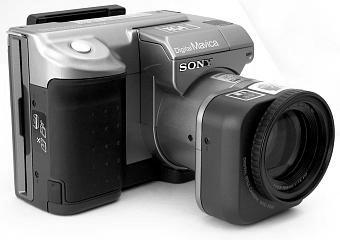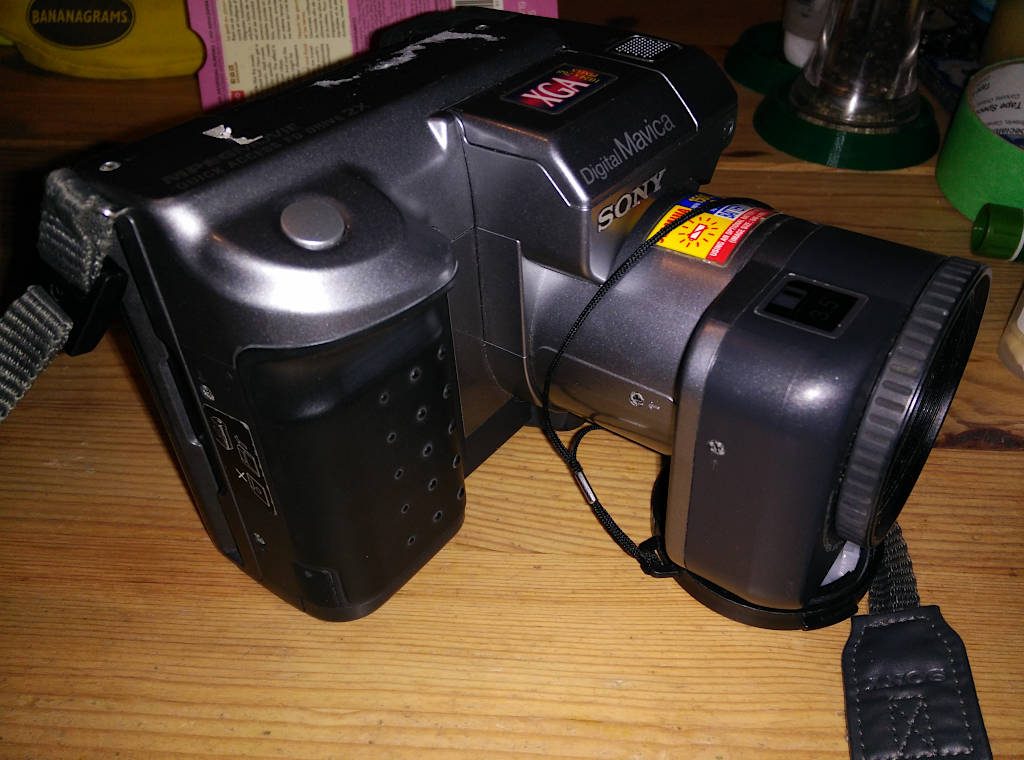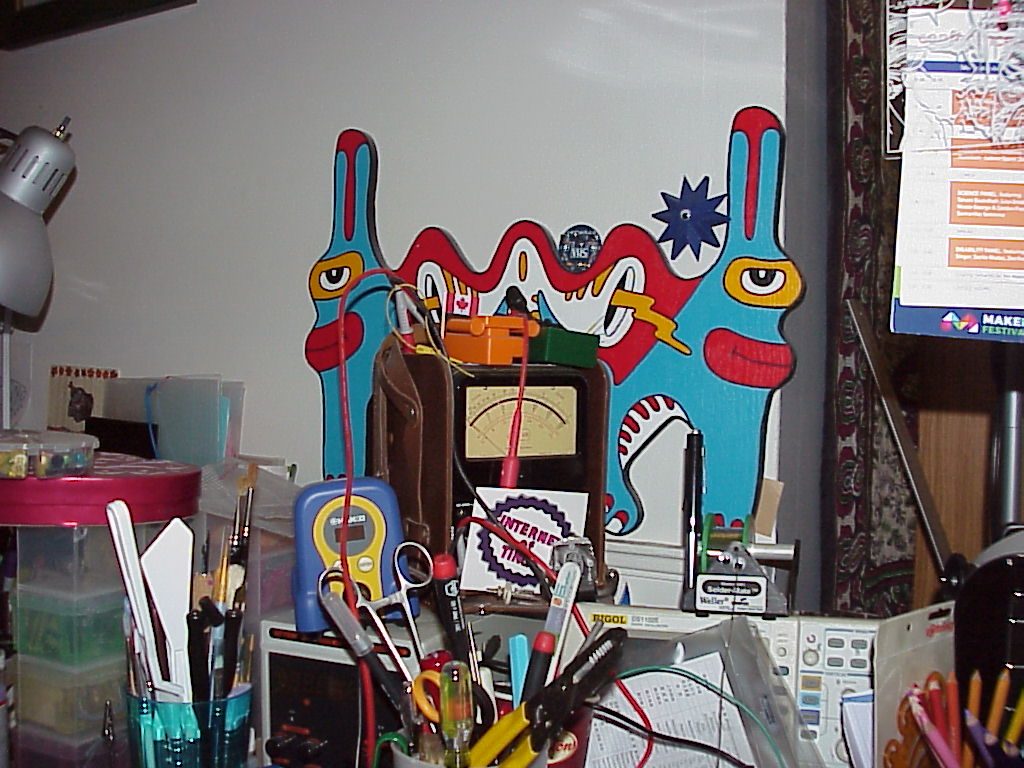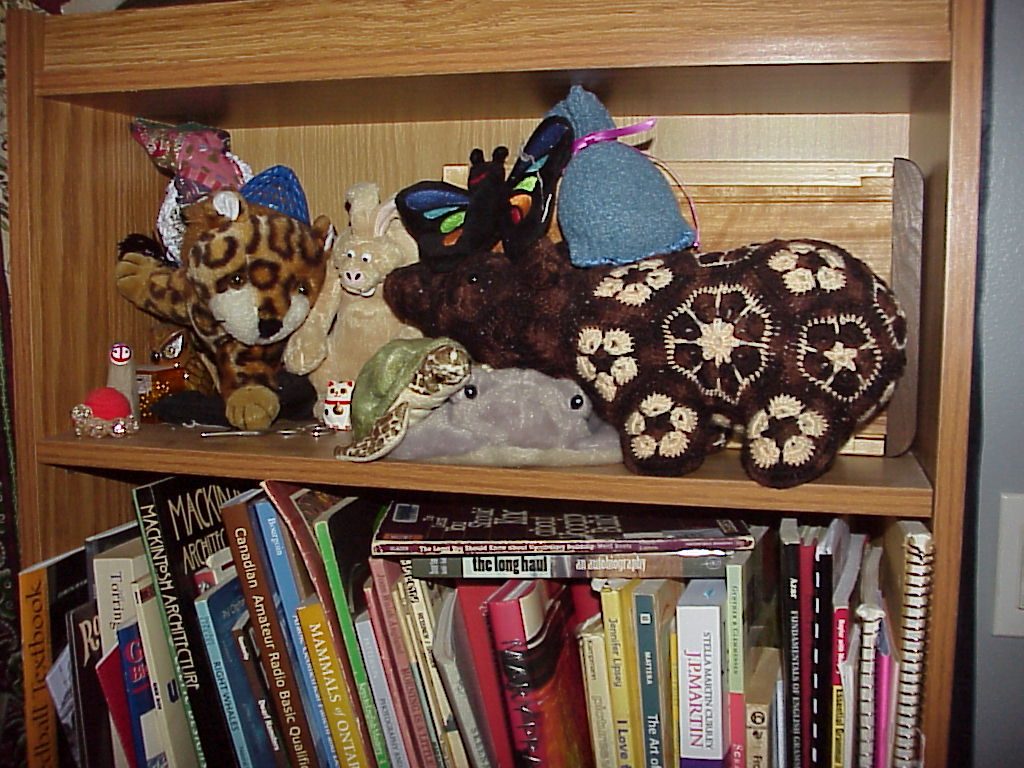Atari ST disks were weird. Although they were nominally FAT format 3½″ double density disks, they wouldn’t read on a PC. You could format a disk on a PC, however, and the Atari would read/write it just fine.
I had a (virtual) stack of roughly 170 Atari ST disk images that I wanted to access from Linux. mtools, the FAT image reading suite for Linux, could only read 4 of the disks. It didn’t help that some of the images had 82 tracks, or 11 sectors per track, where 80 tracks and 9 sectors per track were standard. I knew that the Hatari emulator could read the images, but the ST’s graphical interface made automation difficult.
I sought help years ago, but that didn’t come to much. I tried again the other day: hatari’s hatari-prg-args combined with the gulam shell made it work.
You’ll probably need EmuTOS so that Hatari can emulate hard drives. I used the current etos512us.img ROM image throughout.
First, I made a folder structure for the emulated hard disk:
gemdos
├── AUTO
├── bclip
├── gulam.g
├── gulam.hlp
└── gulam.ttp
bclip is the destination folder. For each disk image, I modified the c:\gulam.g startup file to read something like:
mkdir c:\bclip\m668
cp +t -r a:\* c:\bclip\m668
exit
that is: make a new folder for the disk image, then copy all the files recursively (keeping original timestamp, with the ‘+t’ option) there.
Here’s the shortest working command line that will copy the files then exit the emulator:
hatari-prg-args -q --harddrive gemdos --sound off --disk-a FaST_Club_Mono_Clip_Art_668.st -- gemdos/gulam.ttp "exit"
If you’re transferring a lot of disk images, you probably want to add some speed-up options to the Hatari command line. For my batch conversion job, I added:
--fast-forward 1 --cpuclock 32 --fast-boot 1 --fastfdc 1 --protect-floppy on
The whole disk contents are now in the gemdos/bclip folder:
gemdos/bclip
└── m668
├── bin.img
├── books.img
├── bowl.img
│ ...
├── clothing.017
│ ├── babyshoe.img
│ ├── blouse.img
│ ├── boot.img
│ ...
etc.
This process allowed me to batch-convert most of FaST Club’s Mono Clip Art collection and put it up on the Internet Archive in a readable format: FaST Club Mono Clip Art Selection
Update …
I now have an Atari ST, and something very odd happened: I can read (real) Atari ST disk images just file with mtools. Here’s one to play with:






